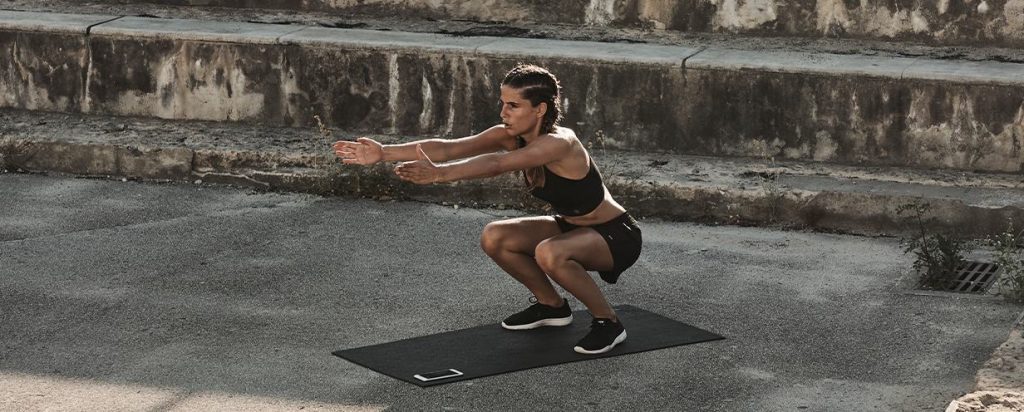The human body is made to move, but beyond what we can think of, doing it well and correctly is not something innate, and it is even more complicated in a sport with a parable of learning as wide as the CrossFit®.
This method of training includes different exercises from various disciplines and this makes it both fascinating and difficult to practice at the same time. In fact, both the coach and the student will have to be very patient in order to create solid bases starting from the simplest movements and only then move on to more advanced exercises.
The advantage of a gradual approach to training, with an eye to the quality of movement, it is certainly a greater sporting longevity of the practitioner, which means in the fitness field a better state of well-being while in the competitive field of better performance.
The CrossFit® lv1 manual helps us to understand where to start by going to outline 9 fundamental movements thanks to which it will be possible to structure different workouts.
These movements are:
1) AIR SQUAT
2) FRONT SQUAT
3) OVERHEAD SQUAT
4) SHOULDER PRESS
5) PUSH PRESS
6) JERK
7) DEADLIFT
8) SUMO DEADLIFT HIGH PULL
9) MEDICINE BALL CLEAN
In this article we will talk about theair squat, which I believe should be the first exercise to teach those who enter a CrossFit® box for the first time.
The reasons why I give it so much importance are two:
1) Knowing how to do it correctly presupposes having developed adequate mobility of ankles, hips and thorax, essential for performing all other exercises safely.
2) The squats are the basis to then be able to perform multiple other movements of the CrossFit® method.
Index
WHAT ARE THE PERFORMANCE POINTS OF AIR SQUAT?
DEPARTURE POSITION
- Feet shoulder width.
PERFORMANCE
- The hips move back and down.
- The lumbar curve is maintained.
- The hips descend below the knees.
- The heels remain on the ground.
FINAL POSITION
- Complete extension of hips and knees.
Reading these points may seem very obvious and easy, but when we go to teach a neophyte we realize that it is not so.
SO HOW DO YOU PROCEED?
1) MOBILTY
Being able to perform a squat requires a discreet mobility of ankles, hips and chest and unfortunately the sedentary nature of modern life does not help us on this.
So I recommend starting from this, that is, going to develop mobility through targeted exercises.
Having an elastic body allows you to move with greater freedom and less resistance in various degrees of movement, which means less pain and less injuries.
2) PROGRESSION
After being able to develop an adequate degree of mobility, you can start practicing the execution of the squat, but I advise you to proceed step by step with a progressive increase in difficulty.
The difficulty in being able to apply the performance points previously described is encountered as we try to go below the parallel (as required in CrossFit®).
I therefore recommend starting with the box squat, that is to perform a squat by placing a box to go to touch with the buttocks going down into a squat.
Initially the box will be very high, but its height will be reduced as the performance points can be respected, so a squat with high chest and extended back, heels on the ground and the lumbar curve kept in a physiological position.
In conclusion, the air squat is an exercise that should not be underestimated because it is the starting point for more complex exercises like the wall ball and snatch, and if it is not possible to have control of an accosciata performed with free body how it will be possible to carry out one with one medball or a barbell without getting injured?
Here is the tutorial video:

